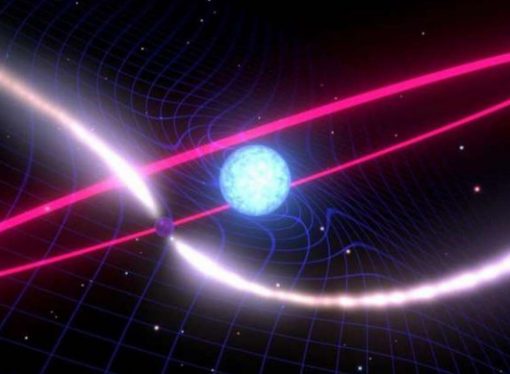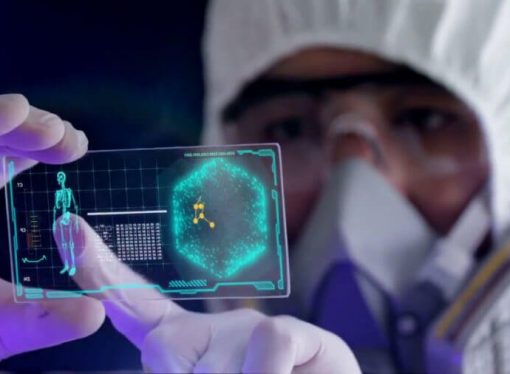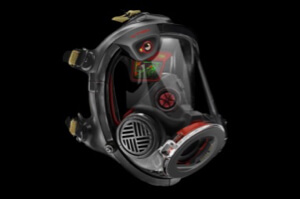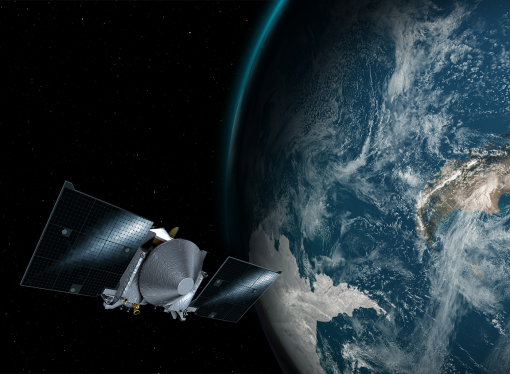Video Archive

- From Around the Web, Space, UFO News
- September 5, 2018
Is the President afraid of aliens? I’m not sure, but there is a legit reason some lawmakers want to create a sixth branch of the military the President is calling the Space Force.
READ MORE

- From Around the Web, Space
- February 1, 2020
Einstein’s theory of relativity has been proven right once again.
READ MORE
- From Around the Web, Science & Technology
- October 4, 2017
Biohacking is a relatively new field of amateur and professional scientists conducting “do-it-yourself” biology experiments.
READ MORE

- From Around the Web, Science & Technology
- August 17, 2017
Qwake Tech’s augmented reality system, C-Thru, is built into a futuristic helmet and relies on a thermal imaging camera, toxicity sensors, edge detection, and an AR display to cut through smoke with useful visuals. It might have been born in a volcano, but Qwake Tech thinks the system has wider applications in disaster situations, such as a burning building.
READ MORE
- From Around the Web, Space
- December 12, 2017
NASA’s latest New Frontiers mission, OSIRIS-REx, will venture to a near-Earth asteroid to discover clues about the unique resources asteroids hold, processes that affect asteroids’ orbital paths and their potential for impacting Earth, and the origins of life in the solar system.
READ MORE

